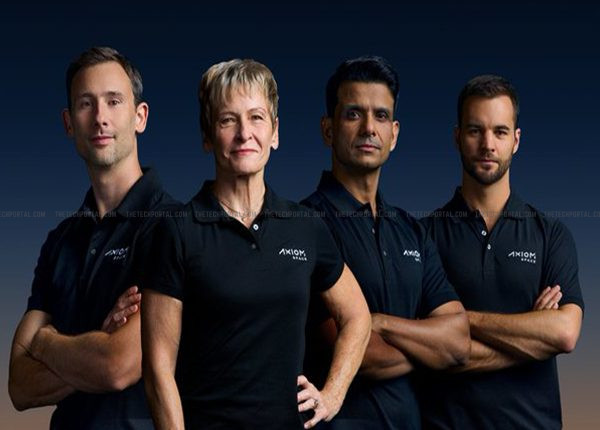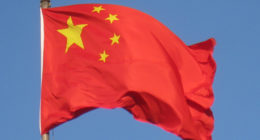In a recent press briefing, Indian Space Research Organisation (ISRO) Chairman V. Narayanan disclosed that the Axiom-4 mission to the International Space Station (ISS) avoided a major catastrophe after engineers from the Indian space agency detected a dangerous leak in SpaceX’s Falcon 9 rocket. The issue was detected during a routine hot-fire test on June 10 at NASA’s Kennedy Space Center in Florida, just a day before the scheduled launch. Narayanan explained that the defect, if left untreated, could have caused the rocket to fail under the violent stress of liftoff, risking the lives of all four astronauts onboard.
The ISRO chief revealed that SpaceX initially treated the matter lightly, but Indian engineers (who were stationed at the launch site) insisted on a deeper probe, which ultimately showed that the leak was caused by a crack in the oxidiser feed line.
According to Narayanan, ISRO’s team pressed the Elon Musk-led SpaceX for detailed clarifications when the fuel leak was first reported during pre-launch checks. However, despite repeated queries, the company was not able to provide convincing answers about the exact source of the problem. And this lack of clarity raised concerns about the safety of the mission. As a result, ISRO demanded that thorough corrective measures be carried out before the launch could proceed. Narayanan noted that the team had asked 14 separate questions regarding the issue, but satisfactory responses were not given, which made it necessary to insist on repairs.
The intervention forced a delay of the mission, originally planned for June 11, as SpaceX engineers worked to repair the defect and retest the vehicle. Although the setback extended the crew’s quarantine period, Narayanan stressed that the delay was essential to ensure astronaut safety. Even the delay was made longer when NASA decided to carry out extra safety checks on the International Space Station, after finding an unrelated air leak in the Russian Zvezda service module. With both the rocket and the station under review, the astronauts had to wait weeks longer than expected before getting clearance to fly.
Once all issues were resolved and the rocket passed fresh rounds of testing, Falcon 9 finally lifted off successfully on June 25 from Kennedy Space Center’s Launch Complex 39A. The Crew Dragon spacecraft docked with the ISS the following day, where the astronauts carried out an 18-day programme of scientific experiments. Notably, the Axiom-4 crew comprised veteran American astronaut Peggy Whitson, who commanded the mission; Group Captain Shubhanshu Shukla of the Indian Air Force, who served as pilot; Poland’s Sławosz Uznański-Wiśniewski; and Hungary’s Tibor Kapu. The mission concluded on July 15 with a safe splashdown in the Pacific Ocean.
The Tech Portal is published by Blue Box Media Private Limited. Our investors have no influence over our reporting. Read our full Ownership and Funding Disclosure →






